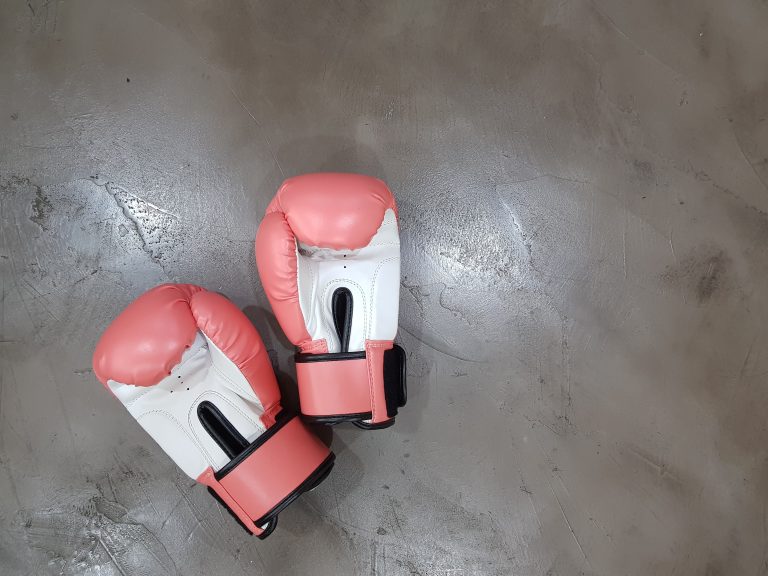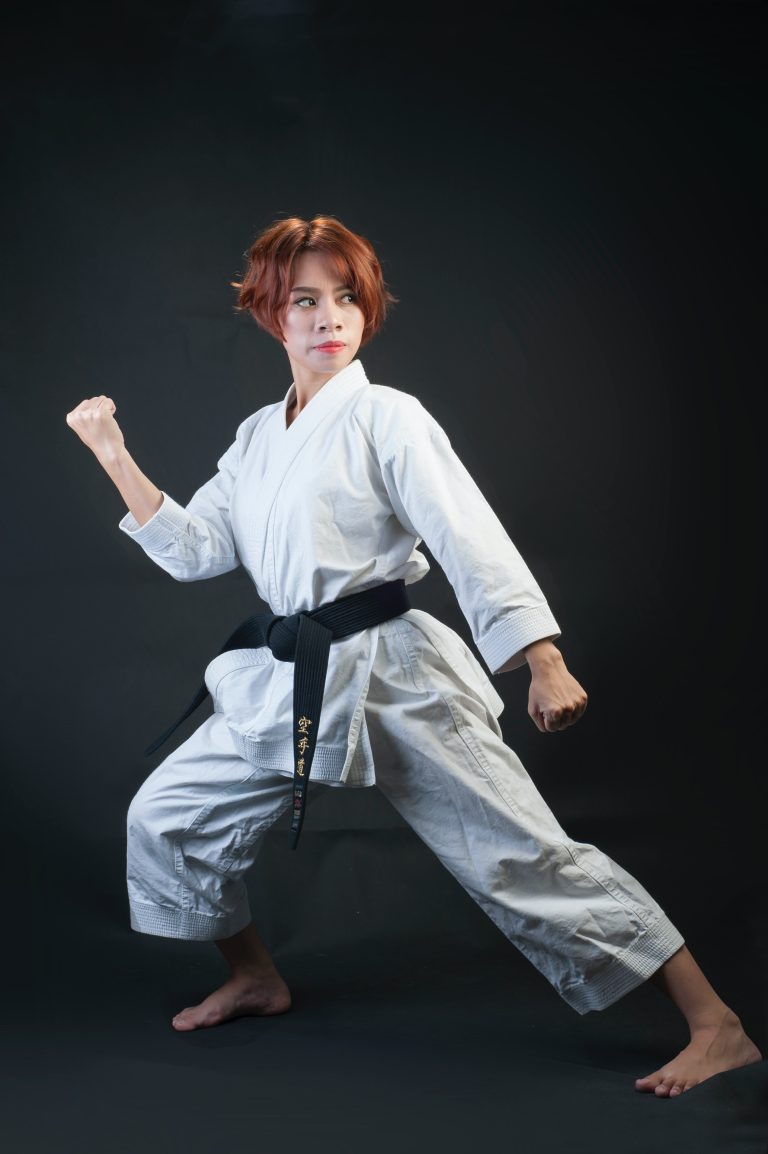Learn How to Do Karate at Home with These Tips and Tricks
Karate is a martial art that has been practised for centuries. It originated in Okinawa, Japan and is now a popular form of self-defence all over the world. If you have always been interested in this form of martial arts, but never got a chance to learn it, then there is good news for you! You can now learn how to do karate at home. In this blog post, we will give you tips and tricks on how to start your journey to becoming a karate expert.
Why Learn Karate at Home?
Learning karate at home has several advantages. Firstly, it saves you time and money as you don’t have to travel to a gym or martial arts centre. Secondly, you can learn at your own pace and select the time that suits your schedule without any restrictions. Lastly, learning karate at home is perfect for people with a hectic lifestyle or for those who are uncomfortable in a class setting.
How to Get Started
Before starting your karate journey at home, you need to get a few things right. Firstly, you need to ensure that you have enough space to practice. A living room or a spacious backyard would suffice. Secondly, you need to invest in essential gear such as karate gi (uniform), a punching bag or training pads, and protective gear such as hand wraps, shin guards and mouthguards. Lastly, before starting to learn, you should warm-up for at least 10 minutes to prevent injuries.
Learning the Basics
Once you have the necessary gear and a suitable space to practice, it’s time to learn the basics of karate. Here are some essential techniques that all beginners should start with:
1. Stances
Stances are the foundation of karate, and there are three types of stances that you need to master: zenkutsu dachi (front stance), shiko dachi (sumo stance) and kiba dachi (horse stance). These stances help you maintain balance, strength and stability.
2. Punches
Punching is an important aspect of karate, and there are several types of punches that you need to learn such as the jabs, cross, hooks and uppercuts. Focus on proper form and technique rather than speed and power.
3. Kicks
Kicks are another vital aspect of karate, and there are various types of kicks such as front kicks, sidekicks and roundhouse kicks. Again, focus on technique and form before attempting to increase speed and power.
4. Blocks
Blocking is a defensive technique that helps you protect yourself from an opponent’s attack. Common blocks in karate include the high block, middle block and low block.
Guidance from Experts
While it’s possible to learn karate at home, it’s still essential to get guidance from a qualified instructor. Consider enrolling in an online martial arts course or find a reputable video tutorial to follow along. Having an expert’s guidance helps you identify mistakes and perfect your techniques.
Practice Consistently
Learning karate at home requires consistent practice. Ensure that you set aside enough time each day for practice and stick to a schedule. Consistent practice helps you build muscle memory, improve endurance and focus, and develop discipline.
The Benefits
Learning karate at home comes with several benefits such as increased fitness, mental discipline, self-confidence, and self-defence skills. Karate also helps you build character, promotes respect and humility, and helps you develop a positive attitude towards life.
Frequently Asked Questions about Learning Karate at Home
Karate is one of the most popular martial arts in the world, and many people want to learn it from the comfort of their own home. In this blog post, we will address some of the most frequently asked questions about learning karate at home.
1. Can I really learn karate at home?
Yes, you can learn karate at home. There are many online resources available that can help you learn the basics of karate, including videos, tutorials, and online classes. However, it’s important to remember that learning karate at home will only take you so far. To truly excel in karate, you’ll need to train with a qualified instructor and practice in a dojo with other students.
2. What are the benefits of learning karate at home?
Learning karate at home allows you to go at your own pace and practice whenever you have time. It’s also more affordable than attending regular classes, as you don’t have to pay for a gym or instructor. Additionally, learning karate at home can help you build discipline, focus, and confidence.
3. What equipment do I need to learn karate at home?
To learn karate at home, you’ll need a few key pieces of equipment, including a heavy bag or target pad, a set of hand wraps, and a pair of gloves. You may also want to invest in a karate uniform, or gi, to help you feel more like a real karate practitioner.
4. What should I expect from a karate workout at home?
A typical karate workout at home will involve a combination of strength training, cardio, and technique drills. You’ll likely start with a warm-up that includes stretches, jumping jacks, and jogging in place. From there, you’ll move on to technique drills, where you’ll practice movements like punches, kicks, and blocks. Finally, you’ll cool down with some stretching and breathing exercises.
5. Can I get certified in karate if I learn at home?
While it’s possible to learn karate at home, you won’t be able to get certified in the traditional sense. Most martial arts organizations require in-person training with a qualified instructor for certification. However, learning karate at home can still be a rewarding and valuable experience, and can help you develop important martial arts skills.
6. How long does it take to learn karate?
The amount of time it takes to learn karate will depend on many factors, including your natural ability, how often you practice, and the level of instruction you receive. It typically takes several years to become proficient in karate, and even longer to reach higher levels of mastery.
7. How do I find a qualified karate instructor?
If you’re interested in taking your karate training to the next level, it’s important to find a qualified instructor who can provide you with personalized instruction and feedback. You can search online for local karate schools or instructors, or ask for recommendations from friends or family members who practice martial arts. When evaluating potential instructors, be sure to ask about their credentials, teaching philosophy, and experience working with students of your skill level.
How to Learn Karate at Home: A Step-by-Step Guide
Learning karate is a great way to improve your fitness, flexibility, and self-defense skills. While going to a karate class would be ideal, sometimes it’s not possible due to various reasons such as time and location. Fortunately, learning karate can be done at the comfort of your own home. Here’s a step-by-step guide on how to learn karate at home.
Step 1: Find a Suitable Space
The first step in learning karate at home is to find an adequate space. You do not need a lot of space to start. A clear, level surface that is free from clutter would be sufficient. If you have a home gym or a spacious garage, then that would be ideal. You should avoid spaces with fragile items such as glass or low ceilings, as karate requires a lot of movement.
Step 2: Warm up Properly
Before you start practicing karate at home, it is essential to warm up properly. Warm-ups help to prepare your body for the workout, minimize injuries and increase flexibility. Some warm-up exercises to consider include jumping jacks, squats, and lunges.
Step 3: Learn the Basics
The next step is to learn the basics of karate. The foundation of karate includes proper stance, footwork, punches, and blocks. Start by watching videos or online tutorials that teach the basics of karate. You can also consider buying a karate book or hiring a private instructor to teach you at home.
Step 4: Practice Consistently
Consistency is key when it comes to learning karate at home. You should aim to practice at least three to four times a week. Start with a 30-minute practice session and gradually increase the time as you get better. Practicing regularly will help to improve your skills, strength and endurance.
Step 5: Join a Karate Community
Joining a karate community is a great way to receive feedback, motivation, and support. You can join an online karate forum, social media group or attend karate events. Being part of a community will make the learning experience more enjoyable and less tedious.
Step 6: Track Your Progress
Tracking your progress is essential in learning karate at home. It helps you to know how far you have come and identify areas that need improvement. You can track your progress by setting goals, taking videos of your practice and comparing them to previous recordings. You can also hire a private instructor to assess your progress and provide feedback.
Step 7: Stay Committed
Lastly, to learn karate at home, you need to stay committed. Karate is a challenging martial art that requires dedication and effort. To get the most out of learning karate at home, you need to have the willingness to learn, practice and improve continuously.
In conclusion, learning karate at home can be an excellent way to develop your karate skills. You need to be disciplined, focused, and committed to achieving your goals. By following these steps, you can learn karate at home and get the most out of your practice.
Inhaltsverzeichnis






